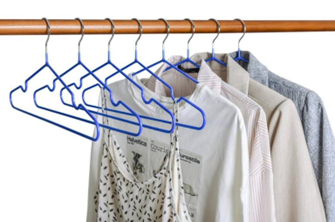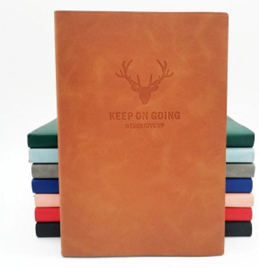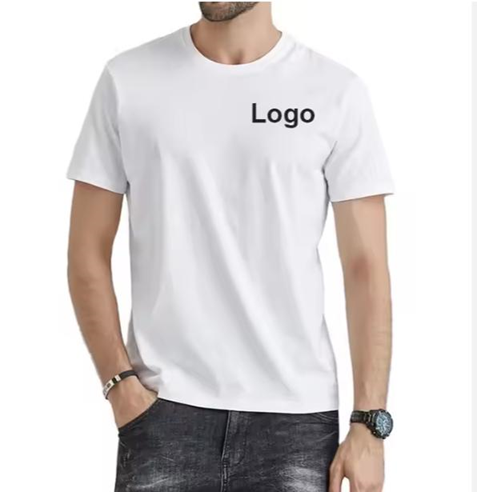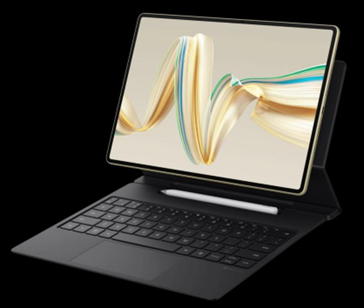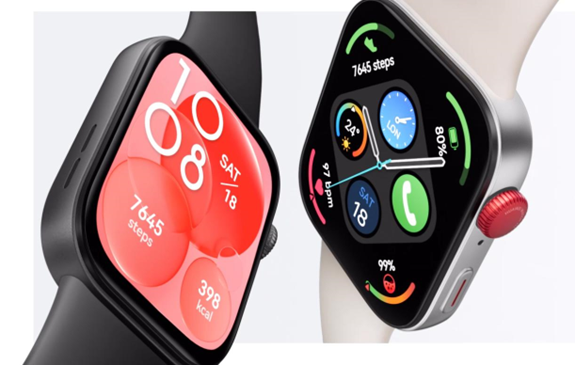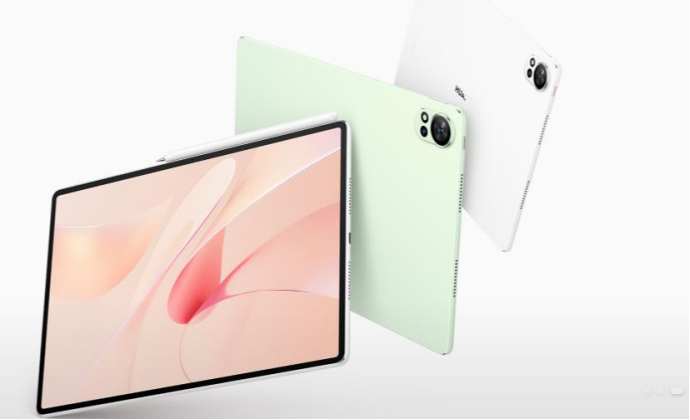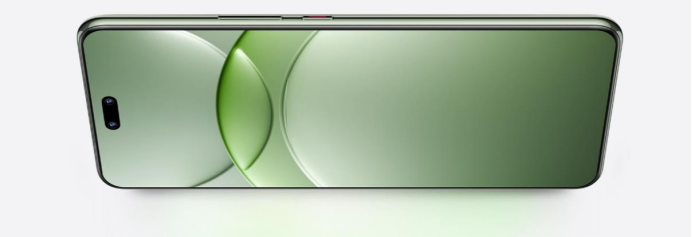Instant film has made a big comeback in recent years. Fujifilm has its Instax business, and while it's gone through some ownership and branding changes over the years, you can still buy film for many vintage Polaroid cameras, and buy new ones that use its modern I-Type film packs.
There are many reasons to use an instant camera. The ability to share a photo with someone as soon as it is taken cannot be compared to taking a digital picture. Because of this, instant film is a huge hit at weddings and parties, and can be a great way to capture moments for posterity in a way that's quite different from any other smartphone image.
Younger millennials and Gen Z see it as a step away from the digital doldrums and a way to keep truly private images away from hackable cloud data services. And you can't ignore the artistic crowd drawn by the allure of highlighting their work in a crowded landscape.
When making a purchase decision, it is important to familiarize yourself with the different instant image formats. Let's start with the most popular and oddly smallest Instax Mini. Developed by Fujifilm, Instax Mini film is about the size of a credit card, taking into account the rim, and has an image area of 2.4 x 1.8 inches (HW).
Film is available in color or monochrome, and is compatible with a slew of cameras from Fujifilm, Leica, Lomography, and Mint. Our favorite entry-level model, the Fujifilm Instax Mini 11, sells for about $70 and is offered in a variety of colors. If you're a more serious shutterbug, consider the Lomo'Instant Automat, which has a wider angle lens (better for selfies) and supports multiple exposure images.
Color Instax Mini film is pretty affordable. Prices vary a bit from retailer to retailer, and you'll spend less over the long run if you buy in bulk. Expect to spend around fifty to sixty cents a photo, and if you want film with colorful borders or other special finishes, the cost can double. Black-and-white film is a little pricier, about $0.80 per image.
If you prefer a bigger image, you can opt for the Instax Wide format, also available in color or black-and-white. The image size is about double that of Mini—basically two mini shots side-by-side at 2.4 by 3.9 inches. But it's not double the cost of Mini—expect to spend around $0.75 for color and $1.30 for each black-and-white image.

For some photographers, instant film is film, which means a square format is a must. Fujifilm has its own take, Instax Square. It's long been available in color, with a per-shot cost of about $1.00. Fujifilm has recently added Instax Square Monochrome to its catalog for black-and-white shots, but is pricing it a bit higher, closer to $1.50 per frame.
Hardware support is growing. Fujifilm sells a digital version, the SQ20, and a wireless printer for the format, the SP-3. If you prefer a pure analog camera, you can choose from the Instax Square SQ6, Lomo'Instant Square, and Lomography Diana Instant Square.
But what if you've got an honest-to-goodness Polaroid camera? It's still sold under the Polaroid Originals banner. You can get color or black-and-white film for an SX70 or 600 series camera. It's expensive, though. A five-pack of color or black-and-white film, with each pack holding eight shots, sells for $75, about $1.88 per shot, and the price of each shot climbs slightly higher if you buy it by the pack.
Polaroid makes new cameras too. Its modern models include the Impossible I-1, Polaroid Originals OneStep 2 and OneStep+, and Polaroid Now. All use I-Type film, the same size and quality as the 600 format, but without a battery, so it can't power vintage cameras. The best price is for a five-pack, $65, about $1.60 an image.
Polaroid film is bigger than Instax, but the quality of its color stock just isn't as good. Colors shift in cold temperatures, overall saturation isn't as deep as with Instax, and you've got to take care to shield it from light as it develops. The black-and-white film is a lot better. Both have a larger image area than Instax Square, so the more impactful image might make it worth it to you.
If you have a favorite picture you took with a digital camera and want to save it to instant film, you're in luck. You can print any photo stored on your smartphone to square format using the Instax Mini Link onto Instax Mini film, or using the Instax Share SP-3 or Polaroid Lab.
On the other hand, you can also digitize your instant prints. Check out our guide to storing your photos for tips.
Although it's a very digital age, you have a good choice of instant cameras and film formats. When you feel like shooting film again and don't need to find a local lab to develop your shots, film will scratch it and deliver results that are almost digital in their immediacy.

